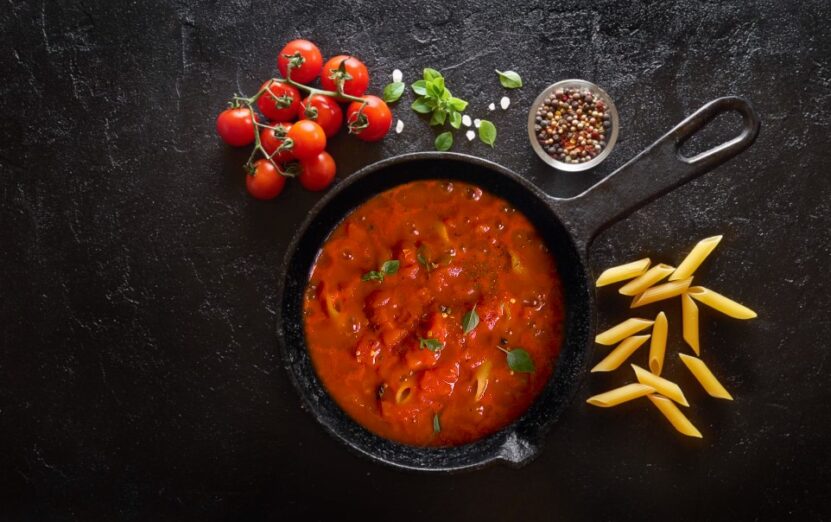Picture this: You’ve whipped up a delicious batch of pasta sauce, drenched your favorite noodles in it, and enjoyed a satisfying meal. But, as reality often goes, there’s some leftover dressing.
Now, you’re faced with the age-old dilemma: How long can you keep that saucy goodness in the fridge?
In this exploration, we’ll uncover the ins and outs of storing pasta sauce, ensuring you get the most out of every jar while keeping your taste buds and tummy happy.
Preservation

These dressings, whether homemade or store-bought, have a limited shelf life once opened. Understanding the basics of how and why it spoils can help you make informed decisions about its storage and consumption.
The ingredients in your sauce play a pivotal role in determining its longevity.
Most of them contain tomatoes, herbs, oils, and sometimes meat or dairy. Tomatoes are naturally acidic, which can deter some bacterial growth. However, when combined with other ingredients, especially dairy or meat, the dressing becomes more perishable.
Herbs and oils can also introduce contaminants if not handled or processed correctly.
The Role of Preservatives
Many store-bought sauces contain preservatives to extend their shelf life. These chemicals slow down microbial growth, preventing spoilage for a longer period than homemade sauces without preservatives.
However, even with these additives, opened sauce doesn’t last indefinitely in the fridge.
How to Store Store-Bought Sauce?
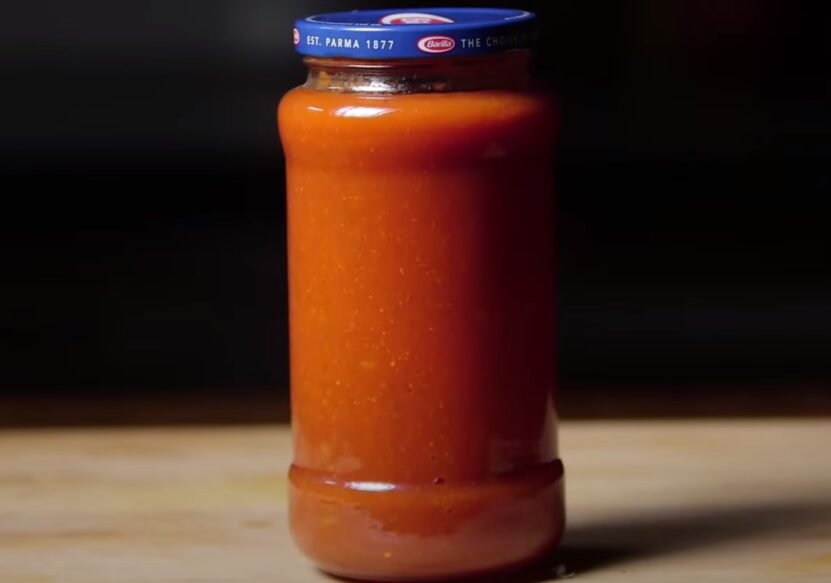
Commercially produced sauces come with the advantage of professional packaging and preservation methods. But once that seal is broken, the clock starts ticking.
Refrigeration is Key
Immediately after opening, it’s crucial to refrigerate store-bought pasta sauce. When stored in the fridge at temperatures below 40°F (4°C), most sauces remain good for 7-10 days. Always use a clean spoon when serving to prevent introducing contaminants.
The Importance of Airtight Containers
If you’ve used only a portion of the sauce, transfer the remainder to an airtight container. This limits the sauce’s exposure to air, reducing the risk of spoilage and preserving flavor. Glass containers are preferable as they don’t absorb odors or stain easily.
Storing Homemade Pasta Sauce
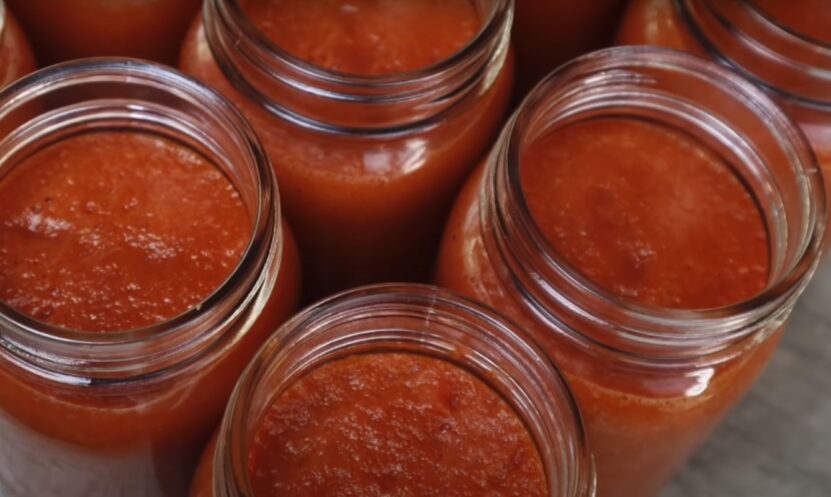
Homemade sauce, free from preservatives, requires extra care. Its shelf life is typically shorter than its store-bought counterpart.
The 3-5 Day Rule
Most homemade pasta sauces, if refrigerated promptly, last 3-5 days in the fridge. This timeframe can vary based on ingredients. For instance, a dairy-based Alfredo sauce may spoil faster than a basic marinara.
Freezing for Longer Shelf Life
If you’ve made a large batch of sauce and can’t consume it within the recommended time, consider freezing it. Pour it into freezer-safe containers or bags, leaving some space for expansion. Properly stored, it can last up to 6 months in the freezer.
What Are Signs of Spoilage?

Visual and Olfactory Clues
Mold is a clear indicator. If you see fuzzy green, white, or black spots, discard the sauce. A sour or off-putting smell is another red flag. Trust your senses; if something seems off, it’s better to be safe than sorry.
Changes in Texture
A separated sauce or one that’s become unusually thin or thick can indicate spoilage. While some separation can be natural, especially in oil-based dressings, drastic changes in consistency usually signal that the sauce is past its prime.
How to Enhance Its Longevity?
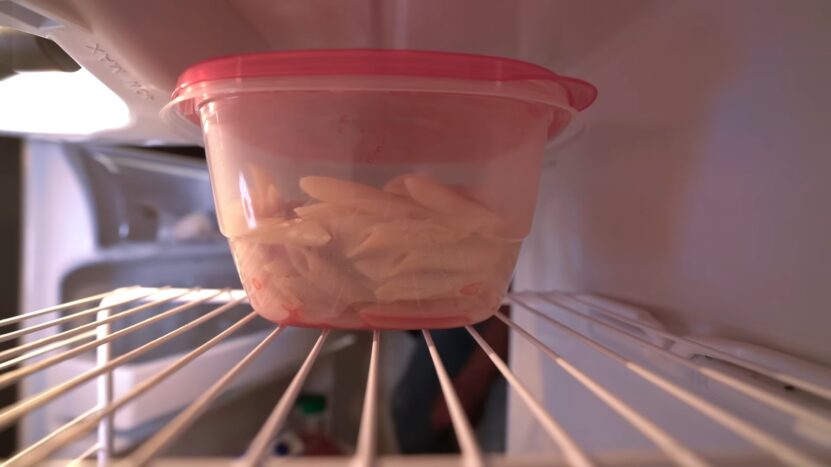
While the shelf life of pasta sauce is finite, certain practices can help you maximize its duration.
Sterilize Containers
If you’re making homemade dressing, always store it in sterilized containers. This reduces the risk of bacterial contamination, ensuring your sauce stays fresh for as long as possible.
Use Fresh Ingredients
The fresher your ingredients, the longer your sauce will last. This is especially true for homemade sauces. Always choose ripe, unblemished tomatoes and fresh herbs to ensure the best taste and longevity.
The Role of Temperature Fluctuations?

Maintaining a consistent temperature is crucial for preserving the quality of your sauce.
The Danger Zone
The “danger zone” for most foods, including pasta sauce, is between 40°F (4°C) and 140°F (60°C). In this range, bacteria multiply rapidly. If your dressing is left out for more than two hours in this temperature range, it’s best to discard it to avoid potential foodborne illnesses.
Fridge Door vs. Inner Shelves
Storing your sauce on the inner shelves of the fridge, rather than the door, can help maintain a more consistent temperature. The door is exposed to warm air more frequently, which can lead to temperature fluctuations detrimental to your dressing.
The Impact of Different Ingredients on Shelf Life

Different ingredients can influence how long your sauce remains fresh.
Meat and Dairy
Sauces containing meat or dairy products have a shorter fridge life due to the perishable nature of these ingredients. They’re more susceptible to bacterial growth and spoil faster than vegetable-based dressings.
Acidity and Sugar
Ingredients like vinegar or sugar can act as natural preservatives. They create an environment where bacteria find it hard to thrive, potentially extending the shelf life of your sauce.
Common Myths

“Boiling Extends Shelf Life”
While boiling can kill off some bacteria, it doesn’t make the sauce invincible to future bacterial growth. Once the sauce cools, bacteria can reintroduce and multiply, especially if not stored correctly.
“Mold Only Affects the Surface”
Some believe that scraping off the moldy top layer makes the sauce underneath safe to eat. This is risky, as mold can produce toxins that penetrate deeper into the dressing.
Best Practices for Safe Consumption
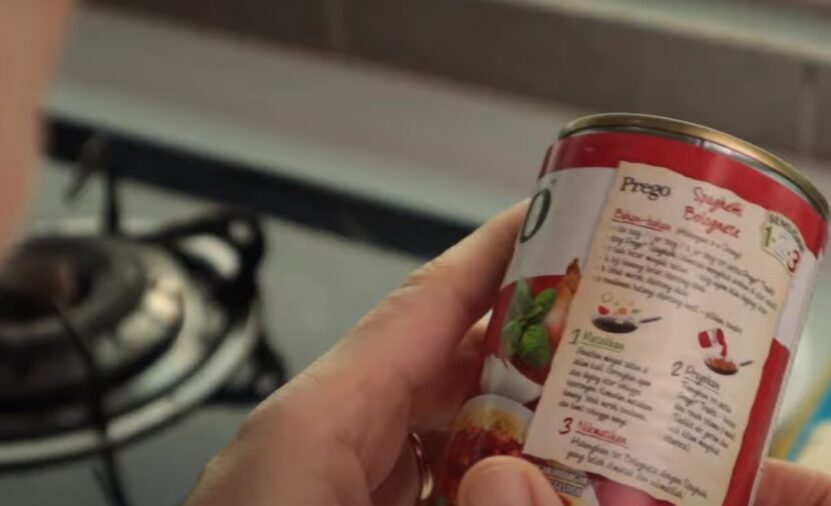
Always Check the Expiry Date
For store-bought sauces, always check the expiry date before consumption. Remember, this date is valid as long as the seal remains unbroken. Once opened, the 7-10 day rule applies.
Trust Your Senses
Your senses are powerful tools. If the sauce looks, smells, or tastes off, it’s best to discard it. It’s always better to err on the side of caution when it comes to food safety.
FAQs:
Can I use the dressing that has separated in the fridge?
Separation can occur due to natural ingredients settling. Stir the sauce well before using it to combine any separated components.
Is it safe to taste pasta sauce to check if it’s still good?
While a small taste might not be harmful, relying on visual and odor cues is safer to determine if it’s gone bad.
Can I store it in the fridge if it’s been left out briefly?
If it has been left out for more than 2 hours (1 hour in hot weather), it’s safer to discard it.
Is it safe to eat the dressing after the “best by” date?
The “best by” date is a guideline for quality, but it might still be safe to consume if stored properly and not showing signs of spoilage.
Can I add extra ingredients to store-bought sauce before refrigerating it?
Adding ingredients may impact its shelf life. Consider adding extras just before consuming.
The Bottom Line
Pasta sauce is a delightful blend of flavors and traditions, but its enjoyment hinges on proper storage and consumption. By understanding its shelf life, recognizing signs of spoilage, and following best practices, we can savor its richness without compromising on safety.
Always trust your senses and prioritize health. Here’s to many more delicious meals, enjoyed with confidence and joy! Buon appetito!
